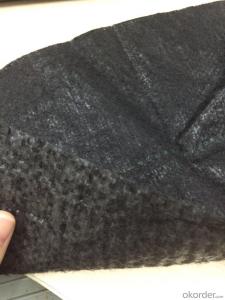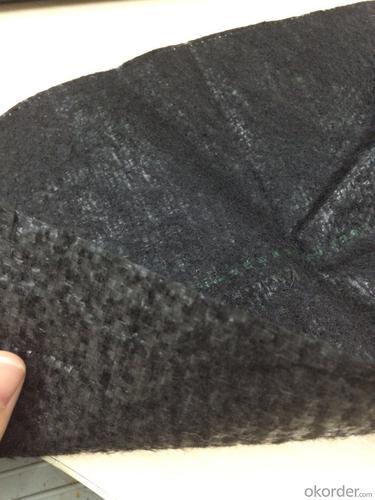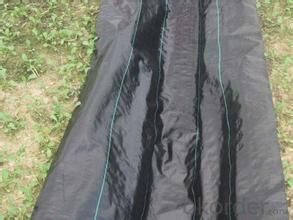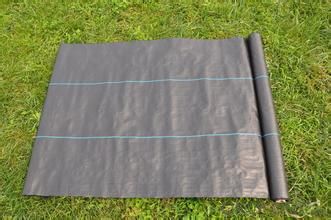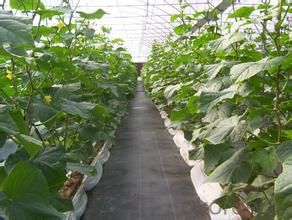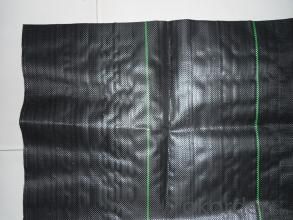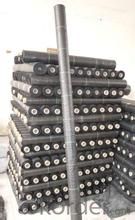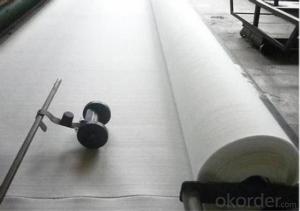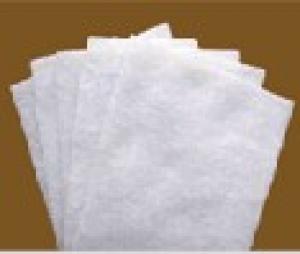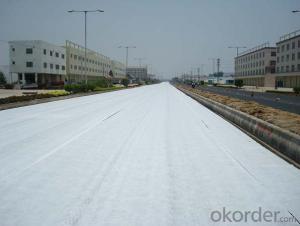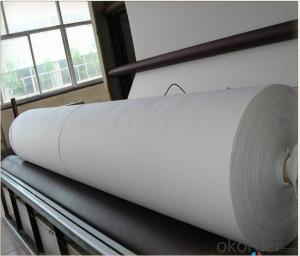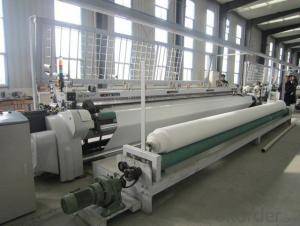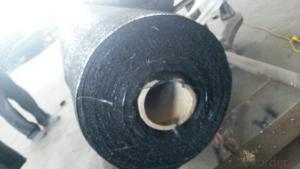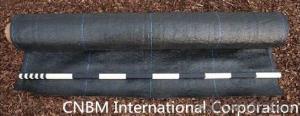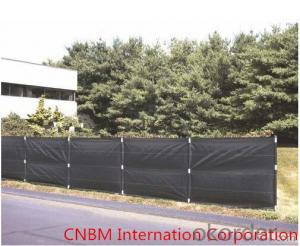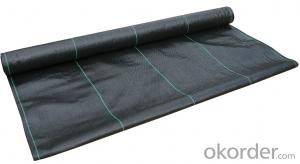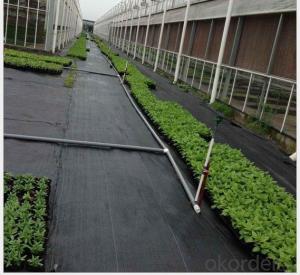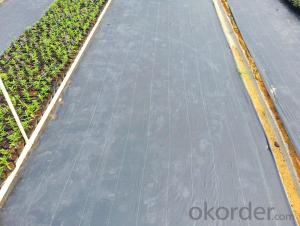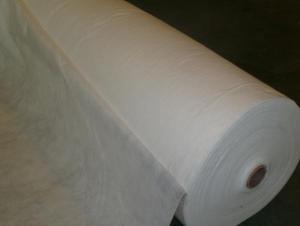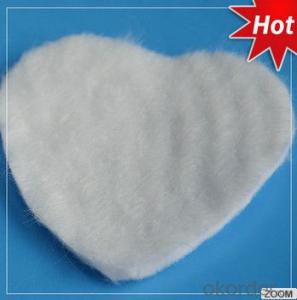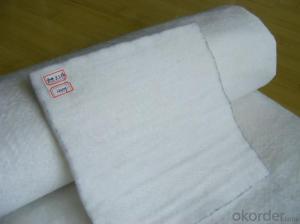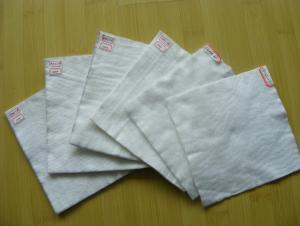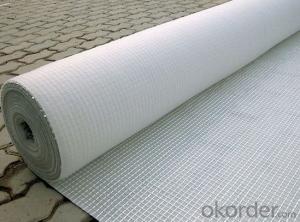Lamina Geotextil Silt Fence / Woven Geotextile / Landscape with Green Line
- Loading Port:
- Qingdao
- Payment Terms:
- TT OR LC
- Min Order Qty:
- 5000 m²
- Supply Capability:
- 1000000 m²/month
OKorder Service Pledge
OKorder Financial Service
You Might Also Like
Product Description:
1.Landscape Fabric Description:
Landscape fabric, also referred to as a filter fence, is a structure composed primarily of geotechnical fabric and that is used as a form of sediment control.These temporary barriers are relatively low in cost, especially when compared to the damages they can prevent.
2. Landscape Fabric Functions and Features:
1)Excellent weed control
2)Excellent UV resistance
3)Moisture,fertilizers,air reach plants to allow for healthy soil
4)Good water and air permeability
5)Exceptional toughness and strength
6)Durable,tear-resistant,anti-rot and anti-mildew
7)Light weight,easy to install,follows natural ground contours
3. Weed Barrier Fabric Applications:
1. Weed block for landscaped garden beds
2. Permeable liners for planters (stops soil erosion)
3. Weed control under wooden decking
4. Geotextile for separating aggregate / soils under walkway blocks or bricks
5. Assists in preventing paving from settling unevenly
6. Landscape fabric prevents soil erosion
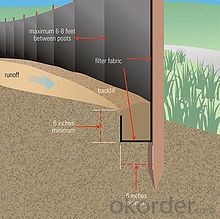
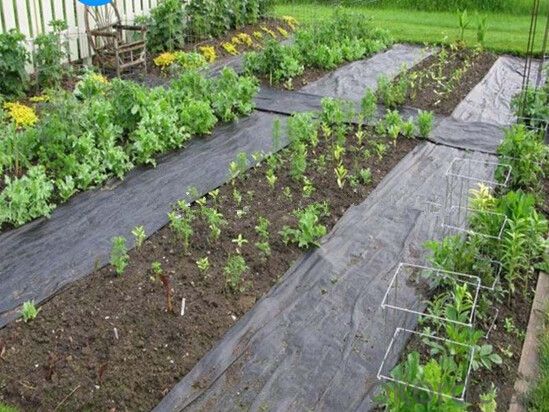
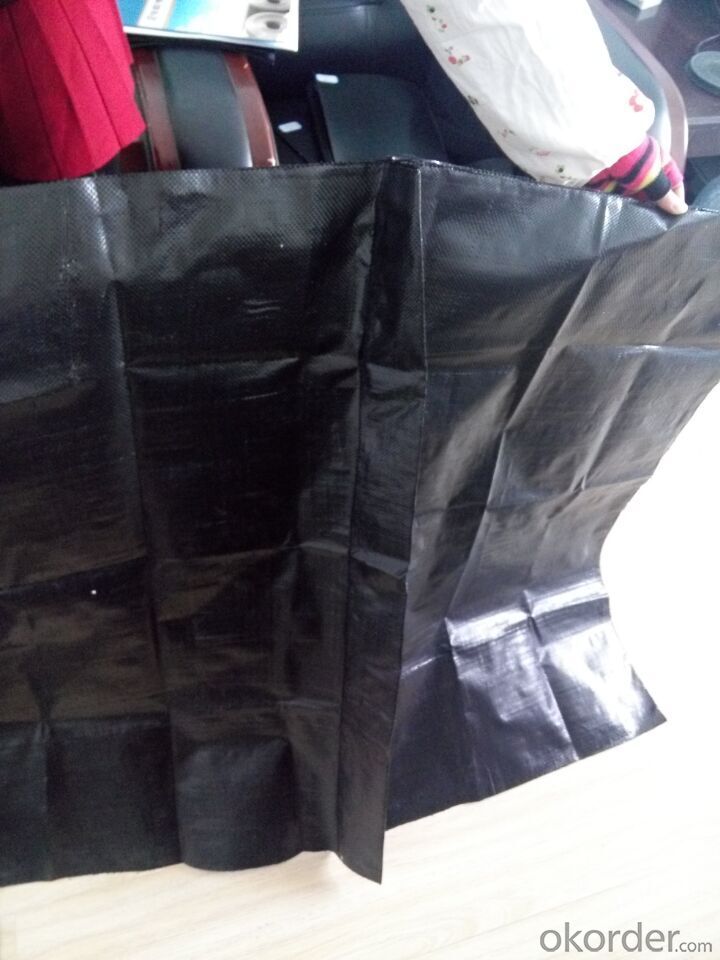
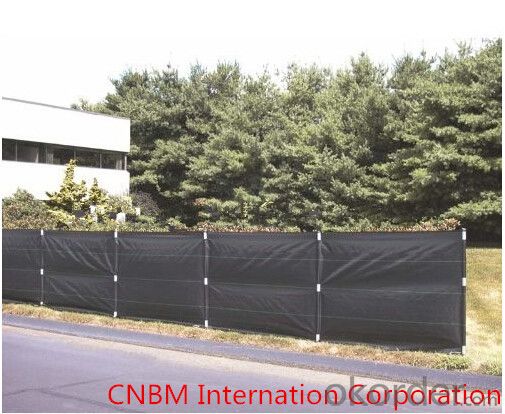
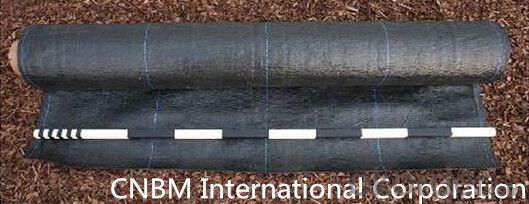
3.. FAQ:
Q1: What is your minimum order quantity?
A:The minimum order quantity is 5000 ,but it is negotiable.
Q2:What is your payment terms?
A: T/T,Western Union,Paypal,L/C...
Q3:What is your delivery time?
A:Production time usually costs 2-20 days.
Waiting to cooperate with you!
- Q: Production of geomembrane equipment which are such as the production of geotextile need to press machine, open charter, carding machine, etc.
- Mixing machine, screw extruder, heating die, circulating fan, traction machine, into a roll machine.
- Q: Seepage geotextile and impervious geomembrane
- It is generally believed that the individual geotextile does not have the anti-seepage effect, the main assessment index is the permeability coefficient, the general geotextile coefficient is higher than the ordinary soil, about 0.01-0.001 look, but the geotextile and rubber, Asphalt, plastic combination will form a water-impermeable composite, anti-seepage effect increased by 10 times, and asphalt, rubber combined into a waterproofing membrane such as sbs, etc., and plastic is generally polyethylene, polyvinyl chloride, eva (standard name is Geomembrane) is a combination of impermeable geomembrane or composite geomembrane, because the composite white geotextile outside the protective effect, so the project is also called impermeable geotextile. Therefore, the two are essentially not much difference, but the argument is different. Waterproof board is also called geomembrane, customary to> 0.8mm thick geomembrane called waterproof board, & lt; 0.8mm called geomembrane, it is based on high molecular polymer as raw material made of impermeable material , Divided into homogeneous waterproof board and composite waterproof board
- Q: How do geotextiles contribute to soil remediation?
- Geotextiles contribute to soil remediation by providing a physical barrier that separates contaminated soil from clean soil, preventing the spread of pollutants. They also promote drainage, filtration, and stabilization of the soil, enhancing the effectiveness of remediation techniques such as soil washing, bioremediation, and phytoremediation.
- Q: Differences between staple acupuncture nonwoven geotextile and filament spunbonded nonwoven geotextile
- Appearance of different shapes: staple acupuncture non-woven geotextile in the appearance of the surface of the fiber is shorter, and filament spunbond acupuncture non-woven geotextile surface fiber longer. Different materials: staple acupuncture non-woven geotextile with PET polyester staple fiber acupuncture, and filament spunbond acupuncture non-woven geotextile made of polyester chips. Production equipment and different technology: staple acupuncture non-woven geotextile is the polyester staple fiber through the mixing - clutter - comb - shop - acupuncture, and filament spunbond acupuncture non-woven geotextile is the polyester Sliced hot melt - spinning - carding - shop - acupuncture. Implementation of different standards: staple acupuncture non-woven geotextile implementation of GB / T-2008 standards, and filament spunbond acupuncture non-woven geotextile implementation of GB / T-2008 standard. The same specifications of filament spunbonded acupuncture non-woven geotextile quality is better than staple acupuncture non-woven geotextile. Price: the same specifications of polyester staple acupuncture non-woven geotextile price is lower than filament spunbond acupuncture non-woven geotextile.
- Q: What are the different geotextile reinforcement techniques for slopes?
- Some of the different geotextile reinforcement techniques for slopes include the use of geotextile fabrics, geogrids, and geocells. Geotextile fabrics are commonly used to stabilize slopes by providing separation and filtration of soil particles. Geogrids, on the other hand, are high-strength materials that are used to reinforce soil and increase its stability. Geocells are three-dimensional cellular structures that can be filled with soil or other materials to create a stable slope. These techniques can be used individually or in combination to provide effective reinforcement for slopes and prevent erosion.
- Q: How are geotextiles incorporated into engineering designs?
- Geotextiles are commonly used in engineering designs to provide reinforcement, filtration, separation, and drainage functions. They are incorporated into various applications such as road construction, retaining walls, erosion control, and landfill engineering. Geotextiles enhance the stability and strength of structures, control soil erosion, improve drainage efficiency, and provide protection against soil contamination. Overall, geotextiles play a crucial role in enhancing the performance and longevity of engineering designs.
- Q: Can geotextiles be used in coastal erosion control?
- Yes, geotextiles can be used in coastal erosion control. They are often used in the construction of coastal structures such as groins, revetments, and seawalls to stabilize the soil and prevent erosion. Geotextiles help to reinforce the structural integrity of these coastal defenses, while also allowing water to drain through and reduce wave energy. Additionally, they can be used in beach nourishment projects to retain sand and prevent its loss due to wave action. Overall, geotextiles are an effective tool in mitigating coastal erosion and protecting shorelines.
- Q: How do geotextiles contribute to soil compaction control?
- Geotextiles contribute to soil compaction control by providing a barrier between the soil and any applied load or traffic. This helps distribute the load more evenly, reducing the pressure on the soil and minimizing compaction. Additionally, geotextiles can improve soil drainage, allowing excess water to flow away, which also helps prevent compaction.
- Q: Construction Technology of Seepage Control of Geotextile for Landscape Water System
- Laying HDPE geomembrane should try to weld at least, in ensuring the quality of the premise, as far as possible to save raw materials. But also easy to ensure quality. The lap width of the joint between the membrane and the membrane is generally not less than 10 cm, usually in the direction of the weld arrangement parallel to the maximum slope, that is, along the slope direction. Geomembrane thickness of not less than 0.25mm, too thin may produce pores, and easy to damage in the construction and reduce the anti-seepage effect. Geomembrane construction, in particular, should pay attention to laying should not be too tight, not wrinkled, stitching to be strong. Should be strictly in accordance with technical specifications construction, the good preparation, laying, splicing, inspection and backfill, such as five quality off. I specialize in production and construction
- Q: Are geotextiles effective in preventing soil erosion?
- Yes, geotextiles are effective in preventing soil erosion. They act as a barrier that reinforces the stability of soil, preventing it from eroding due to water or wind. Geotextiles also help in retaining moisture and promoting vegetation growth, further enhancing their effectiveness in preventing soil erosion.
Send your message to us
Lamina Geotextil Silt Fence / Woven Geotextile / Landscape with Green Line
- Loading Port:
- Qingdao
- Payment Terms:
- TT OR LC
- Min Order Qty:
- 5000 m²
- Supply Capability:
- 1000000 m²/month
OKorder Service Pledge
OKorder Financial Service
Similar products
Hot products
Hot Searches
Related keywords
